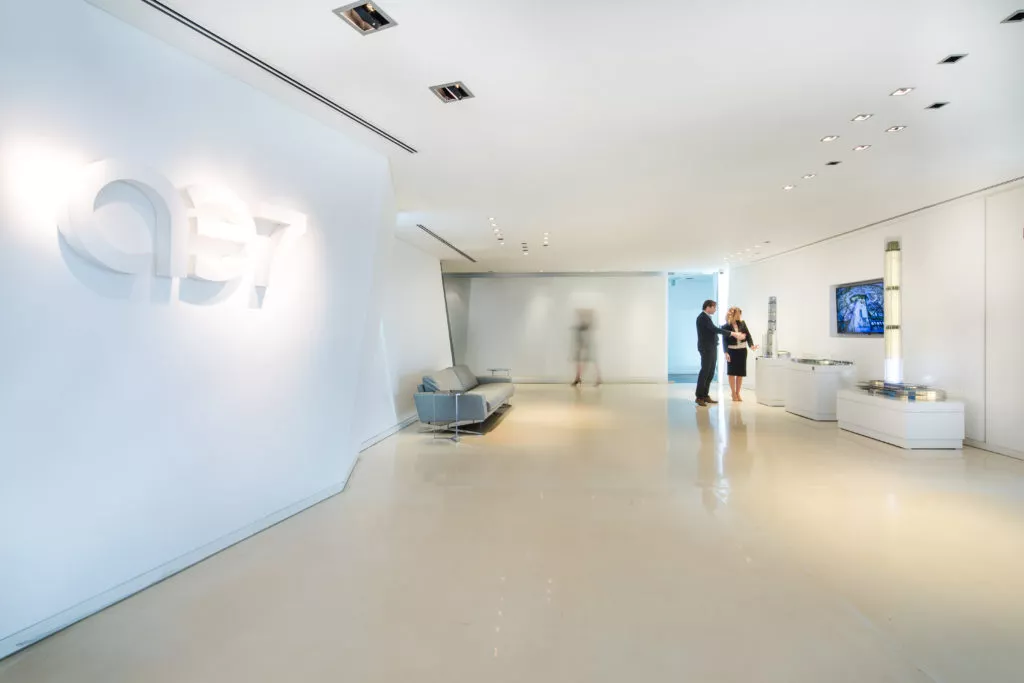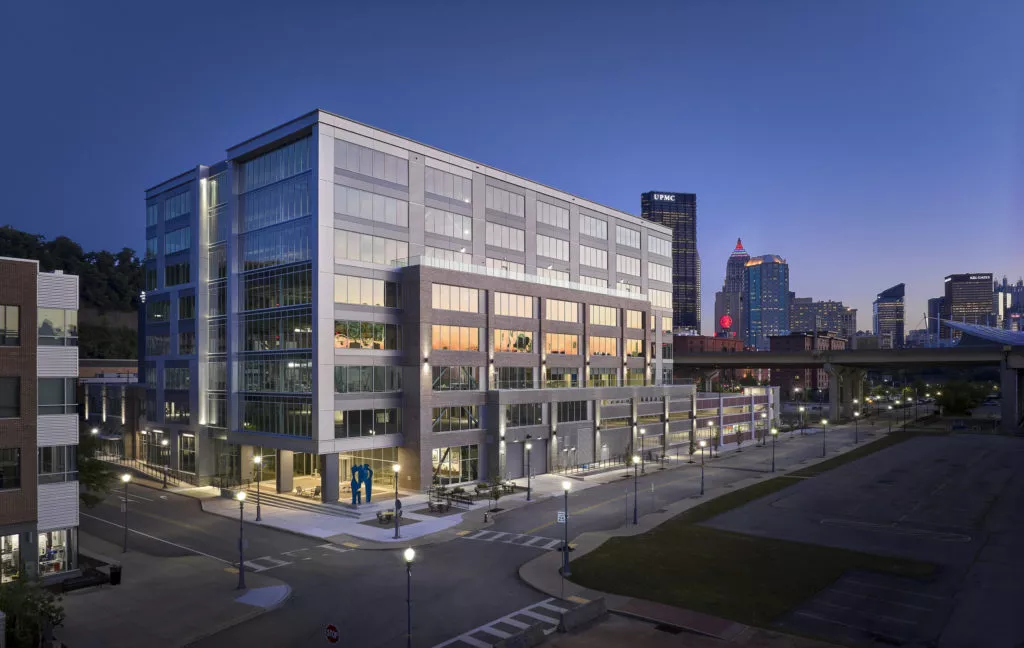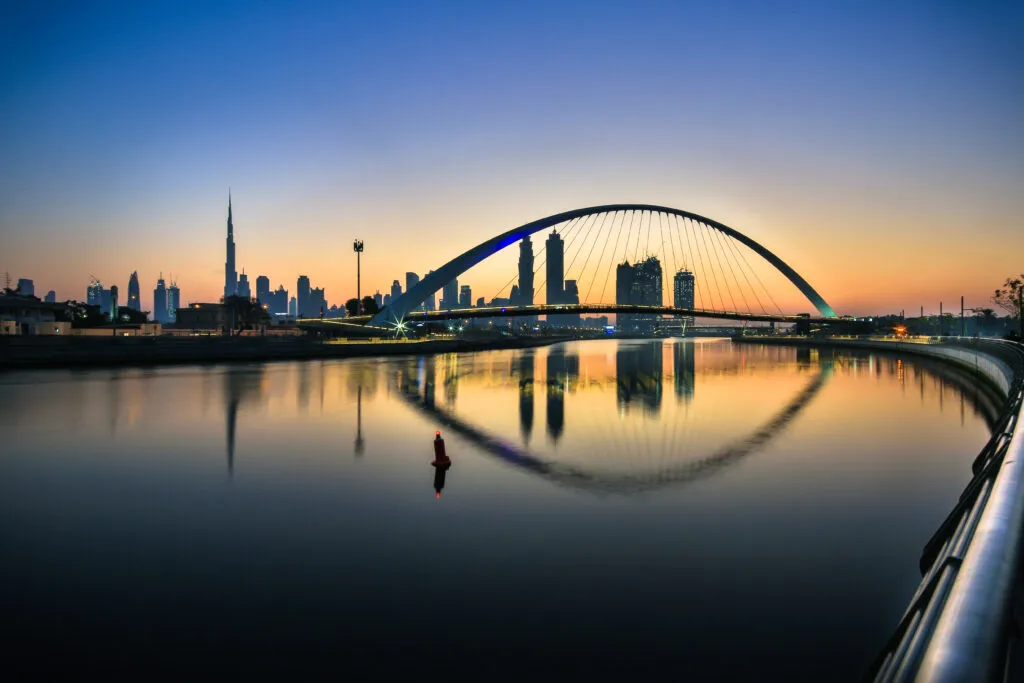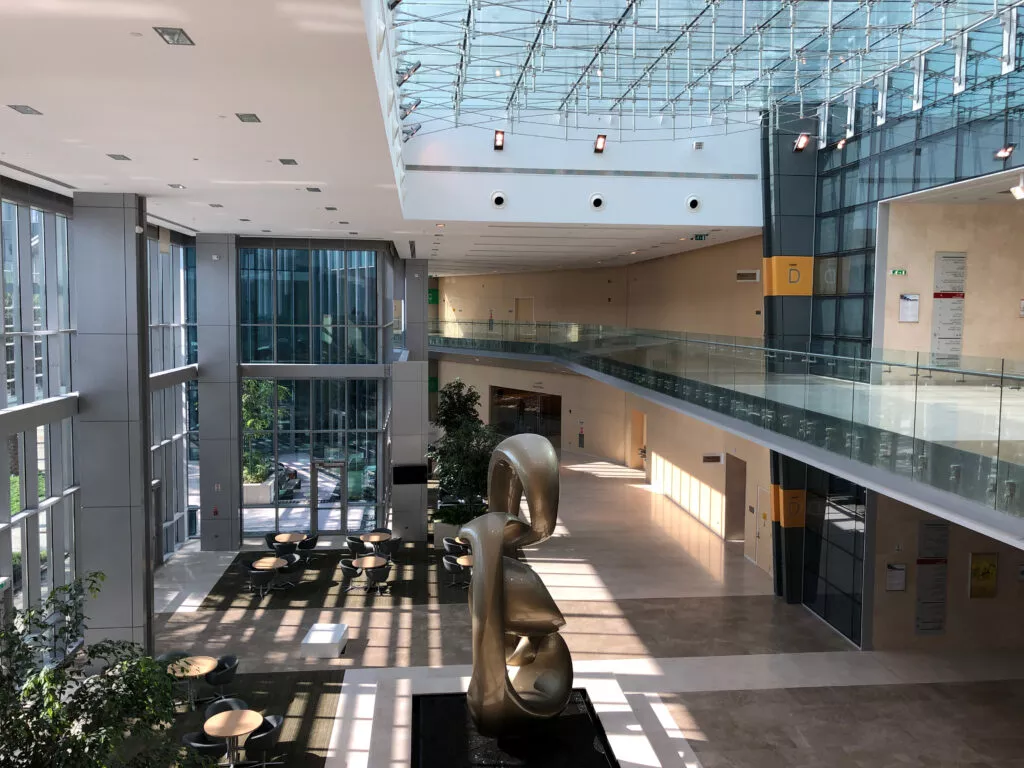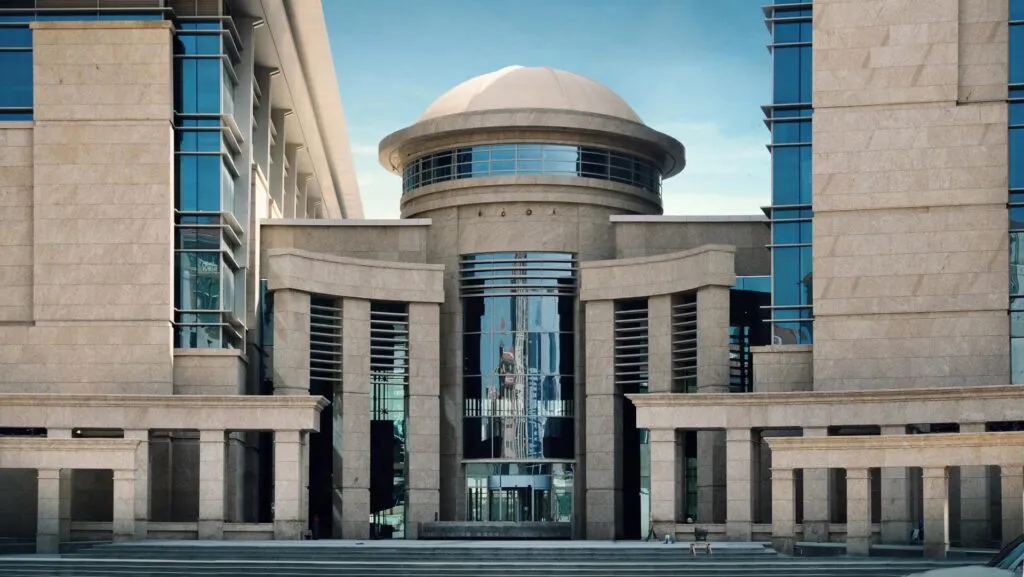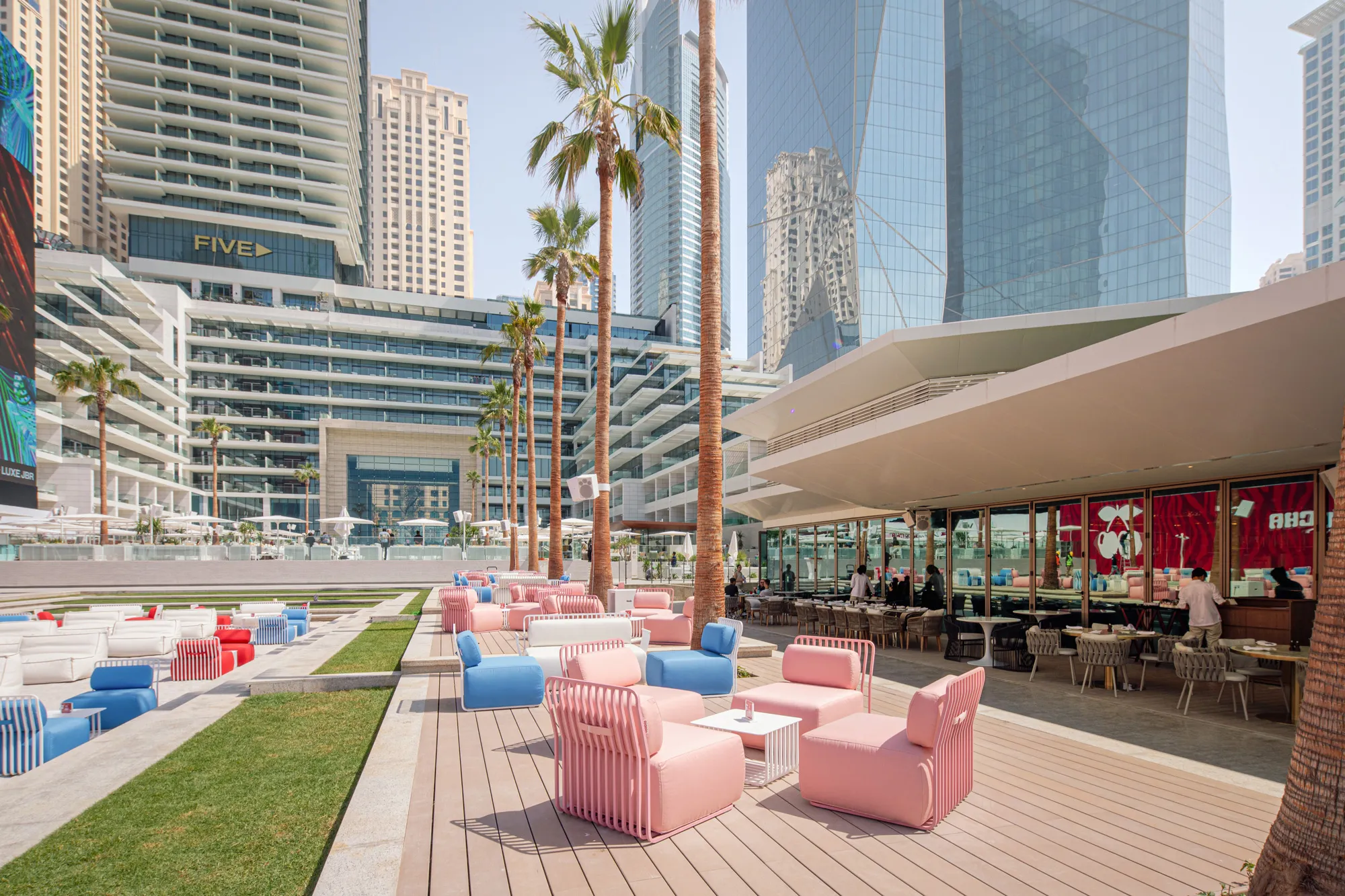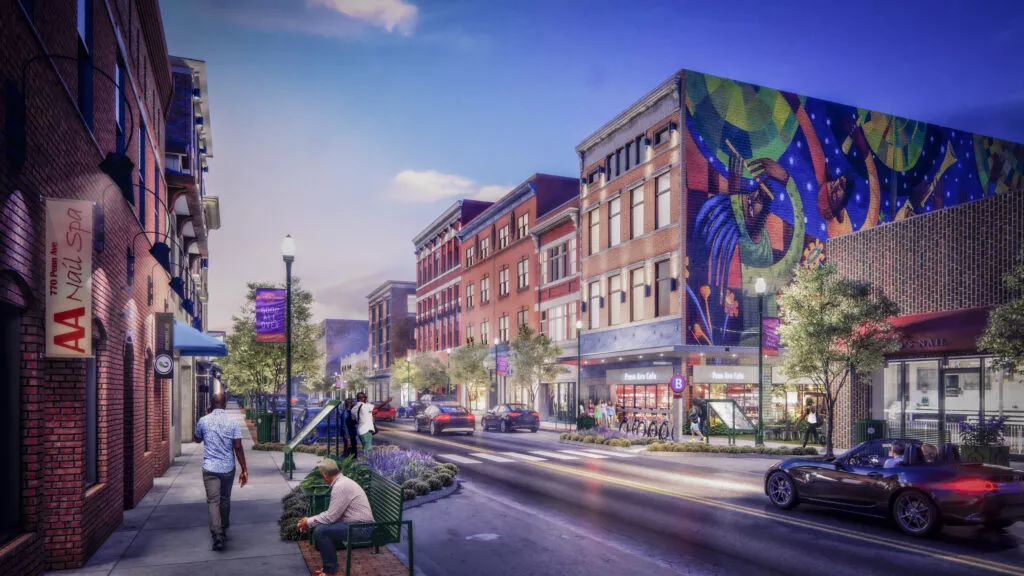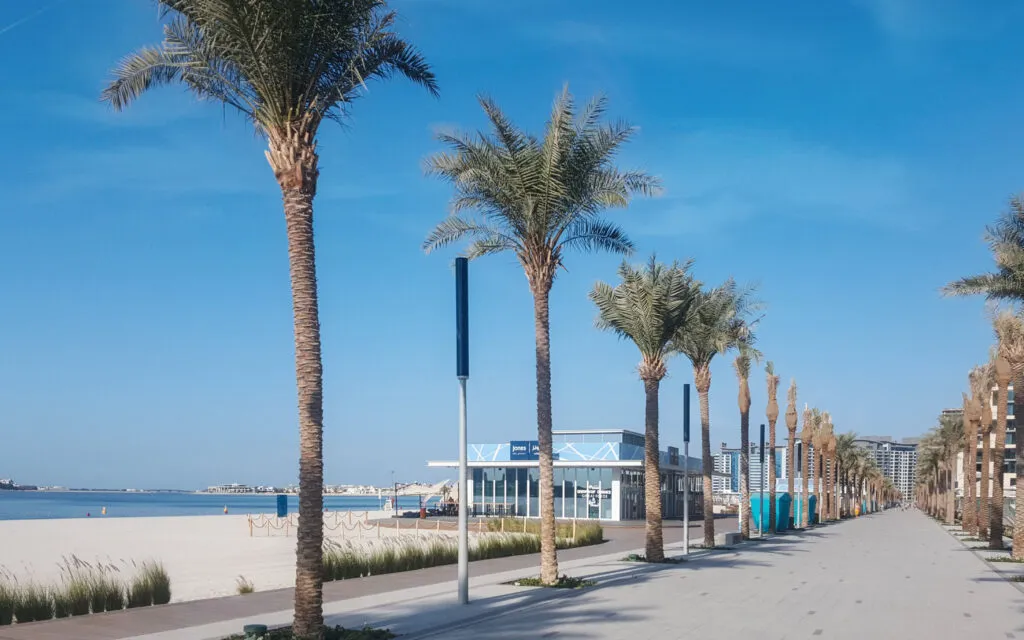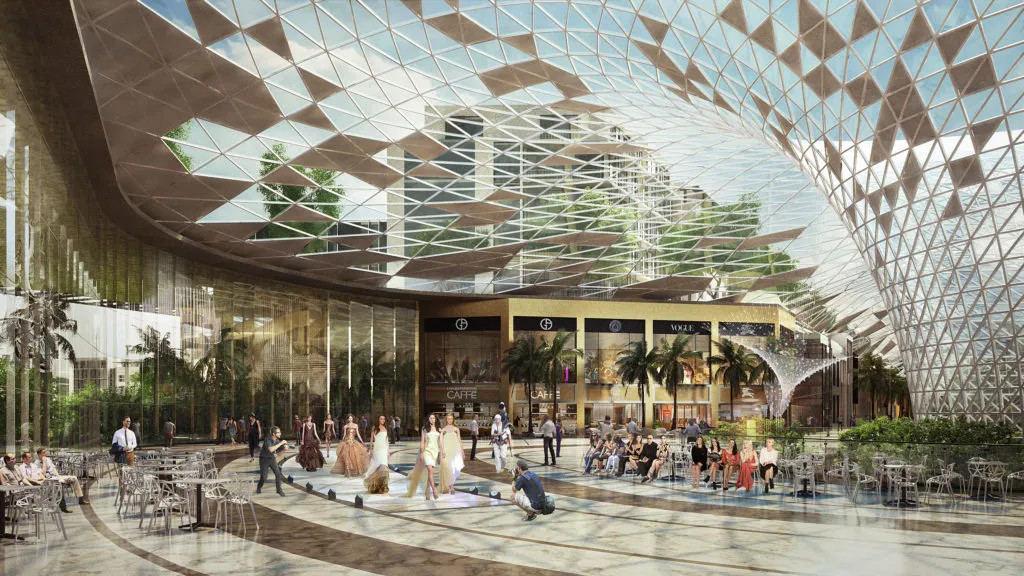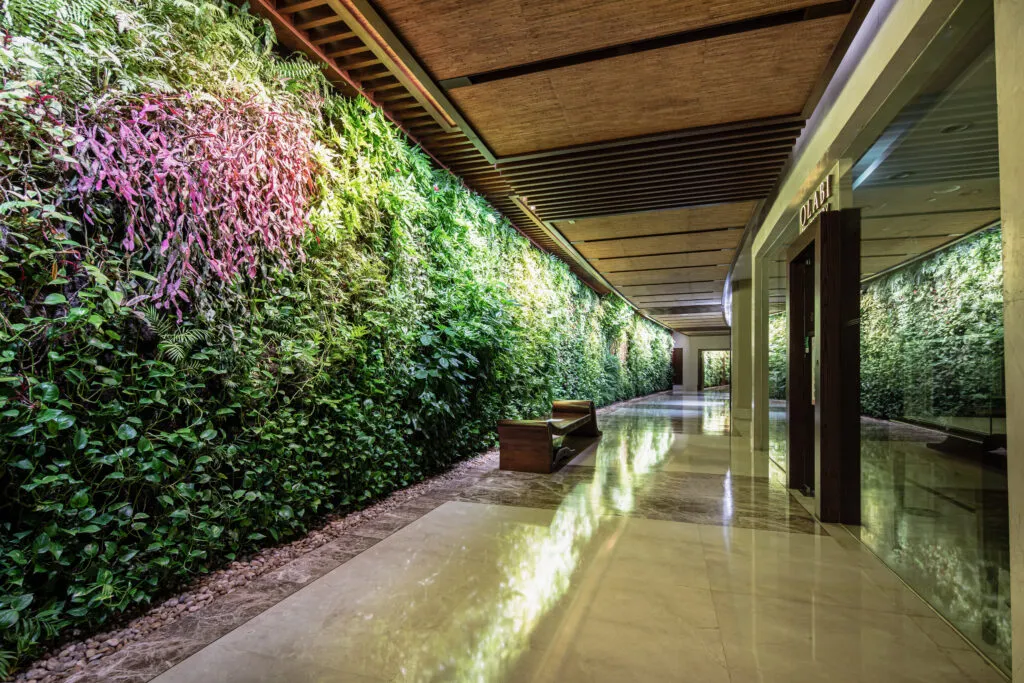
Illuminating the Past, Envisioning the Future: Evolution and impact of generative AI on heritage lighting design
From the flickering embers of ancient campfires to the marvels that dot our modern skylines, lighting has evolved reflecting technological advancements and societal values, cultural shifts and artistic expressions. Today with the boundless potential of generative artificial intelligence, how can we illuminate our future, honouring the relics of our past while embracing the innovations of tomorrow? In this article, this nexus of tradition and technology will be explored to envision a future where every beam of light tells a tale as old as time yet as fresh as a new dawn.
Traversing the ages of light
The evolutional narrative of architectural lighting design is as diverse as it is rich. Each era has contributed a chapter in this ongoing story; from the use of natural light and fire pits in ancient times to today’s complex media façades, light has been an intrinsic part of human expression and architectural magnificence. In ancient Egypt, windows and corridors were strategically placed in temples to make the most of sunlight for spiritual significance. The Romans introduced glass windows using light to enhance indoor spaces. During the Medieval period, candles and torches were used to symbolise the divine in religious architecture. In Gothic cathedrals stained glass and candles were deployed to create an ethereal connection to the divine, showcasing the power of light to influence emotion and spirituality.
